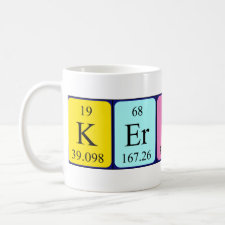
Authors: Golker K, Karlsson BCG, Wiklander JG, Rosengren AM, Nicholls IA
Article Title: Hydrogen bond diversity in the pre-polymerization stage contributes to morphology and MIP-template recognition - MAA versus MMA.
Publication date: 2015
Journal: European Polymer Journal
Volume: 66
Page numbers: 558-568.
DOI: 10.1016/j.eurpolymj.2015.03.018
Alternative URL: http://www.sciencedirect.com/science/article/pii/S0014305715001536
Abstract: This report demonstrates that the diversity of hydrogen bond interactions present in molecularly imprinted polymer pre-polymerization mixtures, typically associated with binding-site heterogeneity, can also contribute to morphological characteristics that may influence polymer-template recognition. Comparisons have been made between a series of bupivacaine molecularly imprinted methacrylic acid (MAA)-ethylene glycol dimethacrylate (EGDMA) copolymers and a series of analogous methyl methacrylate (MMA)-EGDMA copolymers using comprehensive molecular dynamics studies of the respective pre-polymerization mixtures, template-polymer binding studies and detailed BET surface area and BJH porosity analyses. The role of the carboxylic acid functionality of MAA, and in particular the acidic proton, in generating morphological features conducive to analyte access (slit-like rather than ink bottle-like structures) and recognition is discussed
Template and target information: bupivacaine
Author keywords: molecularly imprinted polymer, Molecular dynamics, molecular recognition, molecular imprinting, morphology



Join the Society for Molecular Imprinting

New items RSS feed
Sign-up for e-mail updates:
Choose between receiving an occasional newsletter or more frequent e-mail alerts.
Click here to go to the sign-up page.
Is your name elemental or peptidic? Enter your name and find out by clicking either of the buttons below!
Other products you may like:
 MIPdatabase
MIPdatabase









